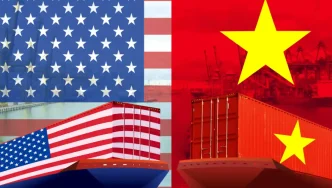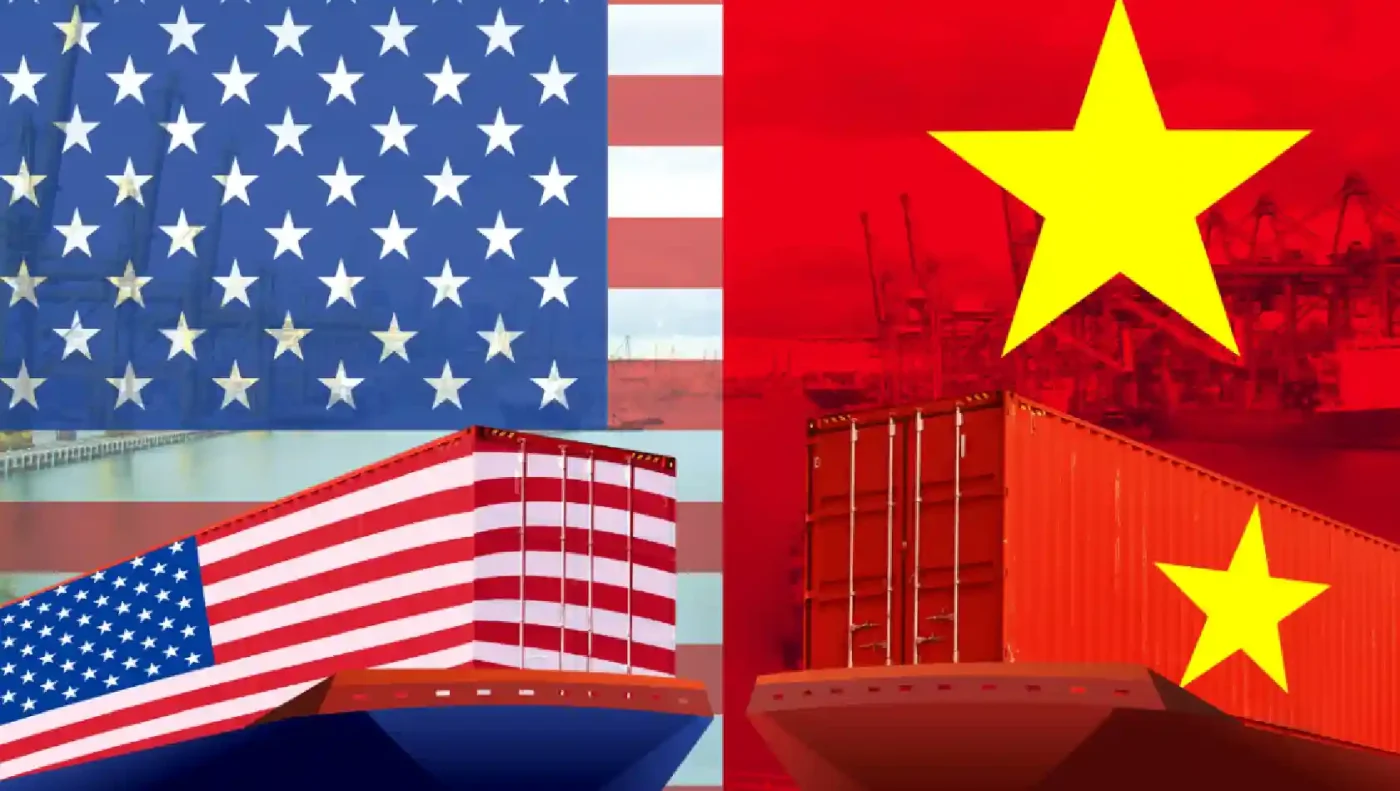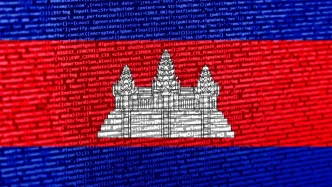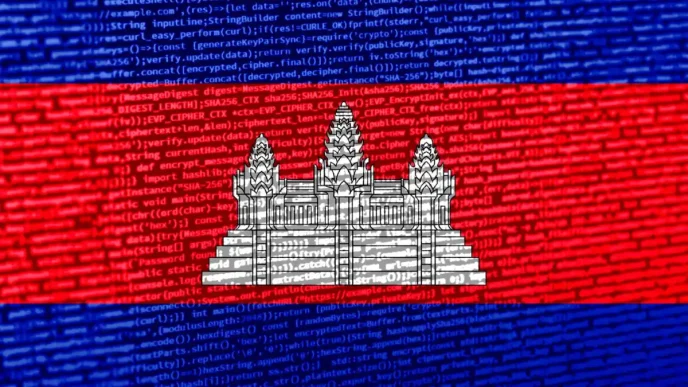In a significant step toward deepening bilateral ties, Vietnam and the United States have ramped up negotiations on economic and trade issues, signaling a mutual commitment to addressing long-standing challenges and seizing new opportunities. As global economic dynamics shift, with supply chain disruptions and geopolitical tensions reshaping trade landscapes, the talks—held in recent weeks—aim to strengthen partnerships in critical sectors while navigating complex policy differences. This development, emerging from high-level discussions, underscores Vietnam’s growing role in international markets and the US’s strategic focus on Southeast Asia.
Key Issues on the Table
The negotiations, involving senior officials from both nations, have centered on a range of economic priorities, including market access, tariff barriers, and investment frameworks. Vietnam, a rapidly growing economy with a robust manufacturing base, seeks greater access to US markets for its textiles, electronics, and agricultural products. In return, the US is pressing for reforms in Vietnam’s regulatory environment, particularly concerning intellectual property rights and labor standards, to ensure a level playing field for American businesses.
One focal point of the talks is the potential for a comprehensive trade agreement that could build on existing frameworks like the US-Vietnam Bilateral Trade Agreement, signed in 2001. Sources close to the discussions suggest that both sides are exploring ways to address trade imbalances—Vietnam exported goods worth approximately US$96 billion to the US in 2022, while importing only US$13 billion in return, according to US trade data. While no official agreement has been announced, the momentum of these talks indicates a shared interest in reducing friction and fostering economic stability.
Beyond trade, investment in technology and renewable energy has emerged as a critical area of collaboration. Vietnam’s push to become a regional hub for high-tech manufacturing aligns with US interests in diversifying supply chains away from traditional dependencies. Discussions around joint ventures in semiconductor production and green energy infrastructure highlight the strategic dimensions of this partnership, especially as both nations aim to counterbalance China’s influence in the region.
Geopolitical Context and Strategic Interests
The intensified negotiations come at a time when Vietnam is navigating a delicate balance between major powers. As a key player in the US-led Indo-Pacific strategy, Vietnam has increasingly aligned itself with Western partners while maintaining its historical ties with China, its largest trading partner. The US, for its part, views Vietnam as a vital ally in its efforts to secure economic and security interests in Southeast Asia, particularly amid rising tensions in the South China Sea.
Analysts suggest that the current talks are not merely about economics but also about reinforcing a broader strategic alliance. “Vietnam offers a unique opportunity for the US to deepen its footprint in a region critical to global trade and security” said Dr. Linh Tran, a Hanoi-based economist specializing in international relations. “At the same time, Vietnam benefits from US support to diversify its economy and reduce reliance on any single market.”
However, challenges remain. Vietnam’s state-led economic model and the US’s emphasis on free-market principles have historically created points of contention. Issues such as currency valuation—Vietnam has faced scrutiny over allegations of currency manipulation in the past—and compliance with international labor standards could complicate the path to a final agreement. While no evidence confirms ongoing disputes over these matters in the current round of talks, both sides appear cautious in their public statements, emphasizing dialogue over confrontation.
Economic Impacts and Domestic Reactions
For Vietnam, a successful outcome from these negotiations could bolster its position as a leading destination for foreign direct investment. The country has already attracted significant US investment in recent years, with companies like Apple and Intel expanding operations in cities like Ho Chi Minh and Hanoi. A new trade deal, if finalized, could accelerate this trend, creating jobs and driving technological advancements. For instance, local estimates suggest that a 10% increase in US-bound exports could translate to economic gains of over 350 billion Vietnamese Dong (US$14 million) annually in key sectors like textiles and footwear.
Yet, not all reactions are uniformly positive. Small-scale Vietnamese businesses and farmers worry that deeper integration with the US market could expose them to fierce competition, potentially undermining local industries. “We welcome foreign investment, but we need protections for our rice farmers and small manufacturers” said Nguyen Van Anh, a representative of a farmers’ cooperative in the Mekong Delta. Public sentiment, as reflected in discussions on platforms like X, reveals a mix of optimism about economic growth and concern over cultural and economic sovereignty.
In the US, the negotiations are seen as part of a broader effort to strengthen economic ties with Asia-Pacific nations. American policymakers argue that closer ties with Vietnam could help address domestic supply chain vulnerabilities, particularly in electronics and critical minerals. However, some US industries, such as textiles, remain wary of increased competition from Vietnamese imports, echoing long-standing debates over trade fairness.
Historical Ties and Future Prospects
The economic relationship between Vietnam and the US has evolved dramatically since the normalization of diplomatic relations in 1995. From a post-war era marked by mutual distrust, the two nations have built a partnership rooted in shared economic interests and, increasingly, strategic alignment. The US is now Vietnam’s second-largest trading partner, while Vietnam ranks among the top 10 sources of US imports—a testament to the deepening interdependence.
Looking back, key milestones like Vietnam’s accession to the World Trade Organization in 2007 and the signing of the Comprehensive and Progressive Agreement for Trans-Pacific Partnership (CPTPP) in 2018, which includes Vietnam but not the US, have shaped the current landscape. While the US withdrew from the original TPP under the Trump administration, the Biden administration has signaled a renewed interest in economic engagement with Southeast Asia, with Vietnam as a priority.
The ongoing negotiations also reflect broader global trends. As trade wars and geopolitical rivalries intensify, countries like Vietnam are positioned to benefit from supply chain relocations—a phenomenon often termed the “China Plus One” strategy. If the US and Vietnam can align their policies on critical issues like digital trade and environmental standards, the partnership could serve as a model for other bilateral engagements in the region.
Potential Hurdles and Speculative Outcomes
Despite the positive momentum, several hurdles could delay or derail a final agreement. Vietnam’s commitments to other trade blocs, such as the Regional Comprehensive Economic Partnership (RCEP), which includes China, may limit the concessions it can offer the US. Additionally, domestic political pressures in both countries—ranging from upcoming elections in the US to Vietnam’s internal policy debates—could influence the pace and scope of negotiations.
If confirmed, unresolved issues like Vietnam’s non-market economy status under US trade law could pose significant challenges. While no official statements have addressed this specific concern in the current talks, past US designations of Vietnam as a non-market economy have led to higher tariffs on Vietnamese goods. Should this issue resurface, it may require diplomatic finesse to prevent setbacks. For now, both sides appear focused on building trust through incremental progress rather than rushing toward a comprehensive deal.
Another area of speculation involves the role of third-party actors. Some analysts suggest that China may view the US-Vietnam talks with suspicion, potentially responding with economic or diplomatic measures to maintain its influence over Vietnam. While there is no concrete evidence to support such claims, the possibility underscores the delicate balancing act Vietnam must perform in its foreign policy.
Looking Ahead
As Vietnam and the US continue their dialogue, the outcomes of these negotiations could have far-reaching implications for regional and global trade. A strengthened partnership would not only boost bilateral economic ties but also contribute to a more diversified and resilient international economic order. For now, stakeholders on both sides are watching closely, aware that the path forward will require compromise, patience, and a shared vision for mutual benefit.
In Hanoi and Washington alike, the question looms: can this renewed engagement translate into tangible results, or will entrenched differences prove too difficult to overcome? As the talks unfold, the answers will shape not just the future of US-Vietnam relations but also the broader geopolitical landscape of Southeast Asia.
















